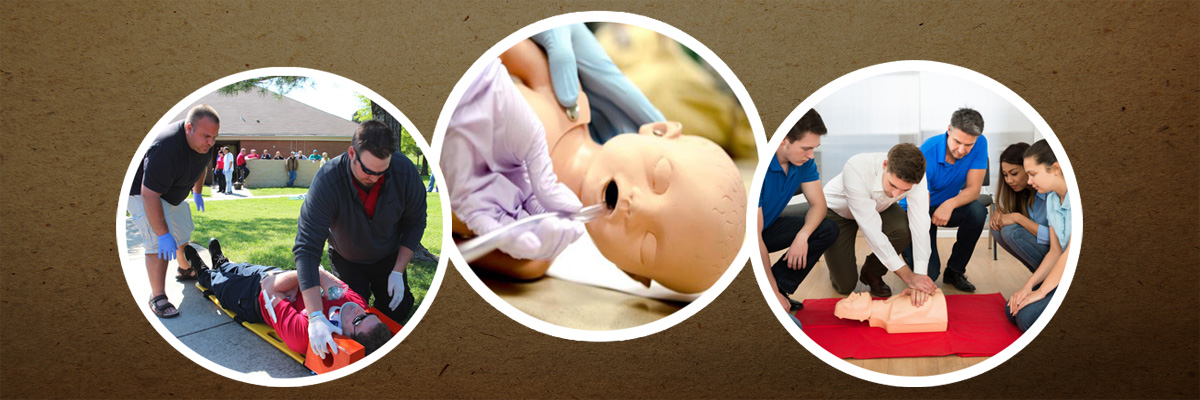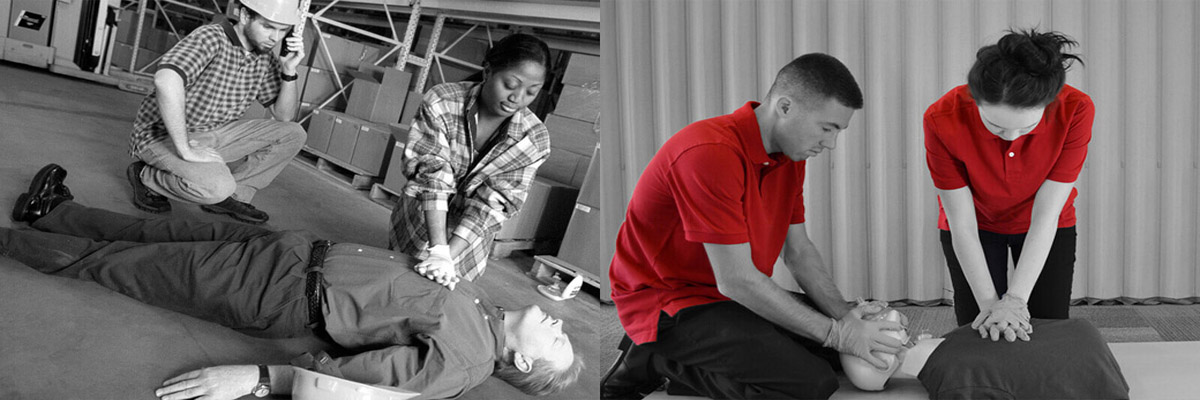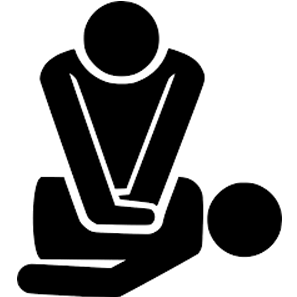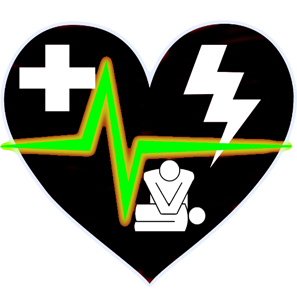First Aid, CPR and AED Training

All course certification card valid for 2 years
.Sunrise Medical AND Respite Care
Student/Employee
limited-time offer
Start Class
Pay After PassingTest
CPR / AED / FIRST-AID
1. Eggleston Youth Centers
< 2 SUNLAND MONTESSORI
.
limited-time offer
Start Class
.Inform HR After PassingTest
BASIC LIFE SUPPORT – BLS/CPR-AED
$39
WAS: $55.00limited-time offer
Start Class
Pay After PassingTest
PRESCHOOL DAY-CARE/CARE-GIVERS/FOSTER-PARENTS)
$49
WAS: $65.00limited-time offer
Start Class
Pay After PassingTest
Legal Concerns
Good Samaritan Law: Each state has a Good Samaritan Law to care for you when you are offering first aid to an injured or ill person. Understand the law of your state.
The Good Samaritan Law is usually applicable when you:
- Are not being paid to provide care.
- Act willingly or voluntarily.
- Do not leave the victim after starting care. Remain with the victim until help arrives.
- Offer care with honest intentions, good skill and within the limits of your training.
Duty to Act: Some people have a legal obligation to act in accordance with the statute or job description, for instance, childcare provider, teacher, firefighter, lifeguard, police officer, healthcare provider etc. If off duty and responding voluntarily, the responder would normally be covered under the Good Samaritan Law.
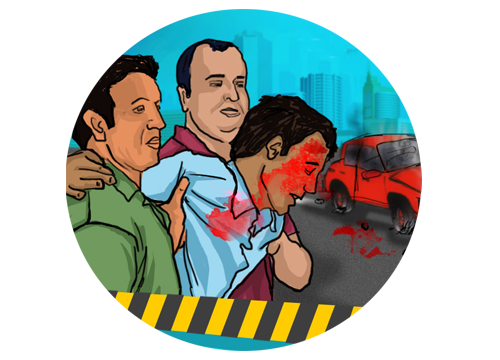

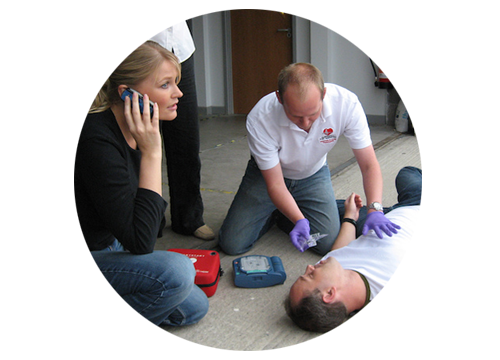
Respond Safely
Identifying an Emergency: Attend to unusual sounds, smells, sights and situations, for example:
- Screams or panicked facial expressions for e.g. a choking person.
- Environmental hazards, such as flooding, fire and damaged electrical wires etc.
- A person who appears injured, seriously ill or is unresponsive.
- A suspicious environment, such as disturbed plants, overturned furniture, opened medication or chemical containers, blood, broken glass etc.
- A crash or vehicle stopped at an unusual place.
Choose to Respond: Choose to respond when you identify an emergency. Never assume that someone else will help the victim. Call 911, if you are unsure of what steps to take.

